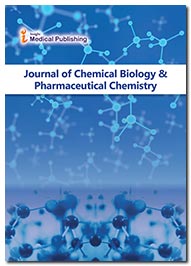Abstract
Harmonic Voltage Impacts on the Performance of IE2, IE3 & IE4 Class Induction Motors
Electric motors are the main source of mechanical energy in the industrial, commercial, and residential sectors. With more than 53% of global energy consumption, the transition to more efficient motors can represent great benefits in economic and ecological terms.
The evolution of electric motors started with numerous investigations to assess the main losses and the technical and economic means to reduce them. In the last 20 years considerable improvements in its design and construction have been implemented in order to obtain greater operational efficiencies. Thus, a greater amount of active materials, greater insulation classes as well as improvements within the project were implemented. This has led the International Electro-technical Commission (IEC), to globally classify the existing efficiency classes in IE1, IE2, IE3 and IE4, proposed for class IE5 also exist in the market, with which efficiencies around 96% can be achieved.
In order to compare the performance and temperature of 1 hp induction motors classes IE2, IE3 and IE4 in the presence of harmonic voltage distortion of orders 2nd, 3rd, 5th, 7th, experimental measurements were performed on a bench composed of a delta connected IM’s and an electromagnetic brake as electrical load. Tests were performed in the Amazon Energy Efficiency Excellence Center (CEAMAZON) in the Federal University of Pará (UFPA).
To that end, at first, the induction motors were subjected to a perfect three-phase sine voltage of 220 V for 1 h and 10 min so that they reached their thermal equilibrium. In a second moment, the value of each harmonic voltage (2nd, 3rd, 5th and
7th) increased by 2% every 10 min until it reached 25%
Author(s): Jonathan M. Tabora
Abstract | PDF
Share This Article
Google Scholar citation report
Citations : 21
Abstracted/Indexed in
- Google Scholar
Open Access Journals
- Aquaculture & Veterinary Science
- Chemistry & Chemical Sciences
- Clinical Sciences
- Engineering
- General Science
- Genetics & Molecular Biology
- Health Care & Nursing
- Immunology & Microbiology
- Materials Science
- Mathematics & Physics
- Medical Sciences
- Neurology & Psychiatry
- Oncology & Cancer Science
- Pharmaceutical Sciences

